Managing cutworms in chili cultivation is critical to ensuring a bountiful harvest. These notorious pests can wreak havoc on your chili plants, but fear not! In this expert guide, we’ll delve into a comprehensive strategy for prevention and control. We’ll explore organic methods that keep your chilies chemical-free and eco-friendly.
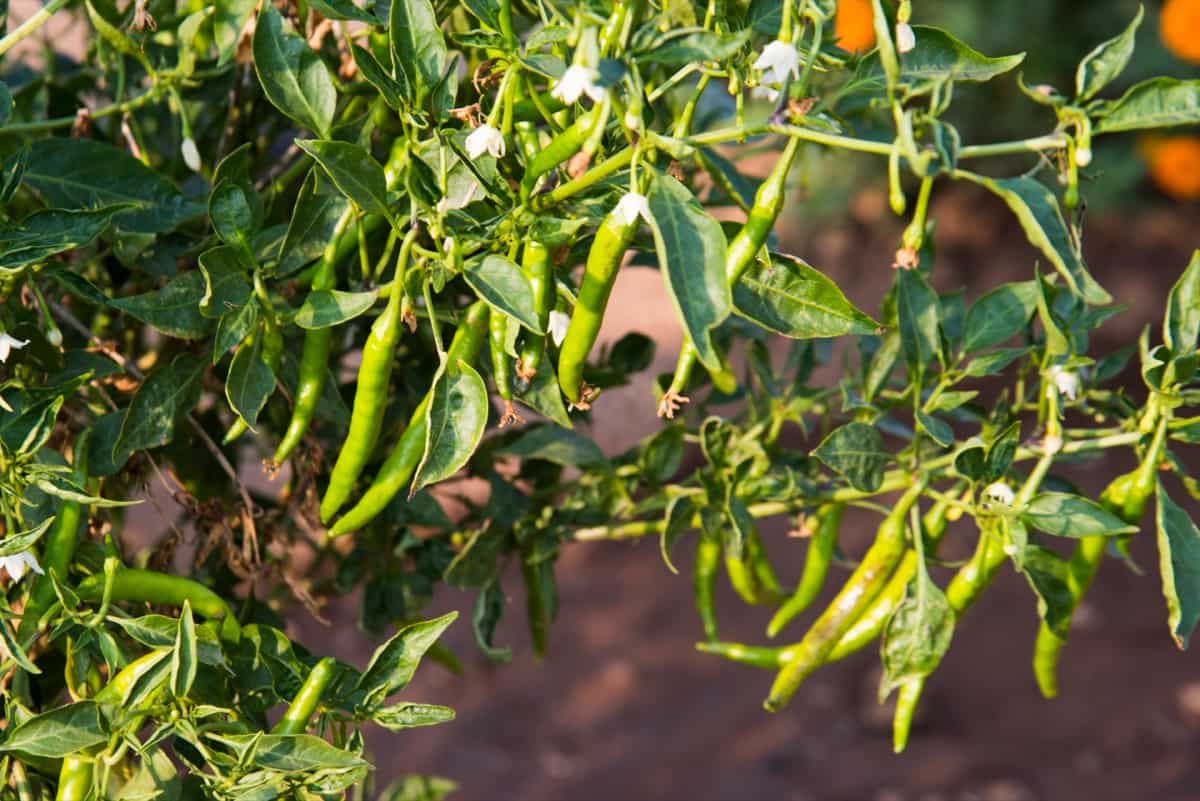
We’ll also discuss the judicious use of chemicals when necessary. And let’s remember the importance of cultural practices tailored to chili cultivation. By the end of this blog, you’ll be equipped with the knowledge to protect your chili plants from cutworms and ensure a thriving harvest.
Introduction to Management of Cutworms in Chilli
Cutworms, pervasive agricultural pests, pose a threat to numerous crops. In India, 26 cutworm species exist, with the prominent ones being Agrotis ipsilon, Agrotis flammatra, and Agrotis segetum. These species exhibit varying life cycle durations, ranging from 35 to 77 days, with A. ipsilon and A. flammatra larvae slightly larger than those of A. segetum.
The most critical damage inflicted by cutworms occurs during the seedling stage, emphasizing the need for early preventive measures, primarily focusing on cultural practices. These pests hide in the soil during daylight hours, making poison baits an effective control strategy. Furthermore, efficient chemical control relies on the timely application of chemicals when young caterpillars are still on the leaves, rendering them vulnerable.
In biological control, parasitoids such as Macrocentrus collaris, Periscepsia carbonaria, and Cotesia ruficrus significantly manage A. ipsilon and A. segetum. Additionally, entomopathogenic nematodes like Steinernema carpocapsae and Heterorhabditis bacteriophora hold promise, contingent on soil moisture levels.
Understanding the Life Cycle and Behavior of Cutworms in Chilli Plants
Cutworms in chili plants exhibit a well-defined life cycle. Starting as eggs laid near the soil surface, they hatch into larvae. These nocturnal larvae feed voraciously on tender chili seedlings at night and hide in the soil during the day. As they grow, they go through several instars or developmental stages. The pupal stage follows, where they undergo metamorphosis into adult moths. These moths are typically dark, nocturnal, and rarely seen.
In case you missed it: Hybrid Chilli Yield Red and Green Per Acre in India
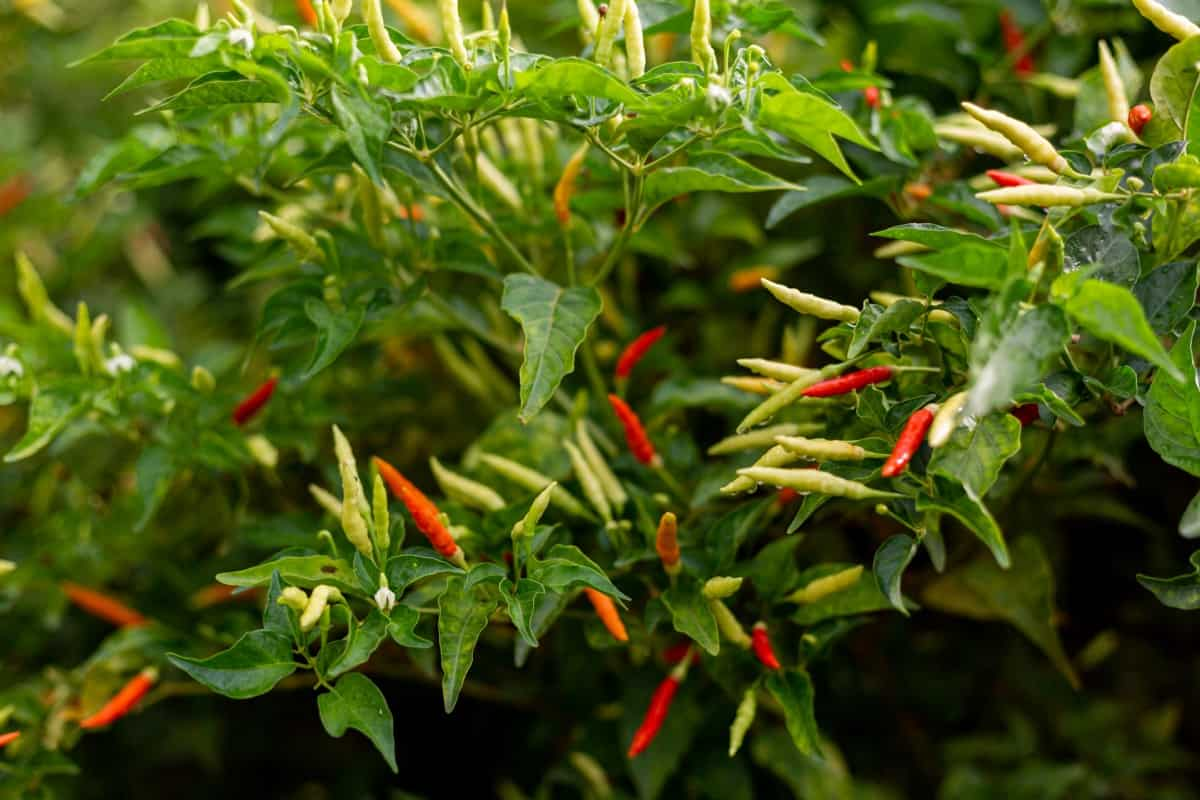
Identifying the Signs and Symptoms of Cut Worm Infestation in Chilli Crops
Cutworms, characterized by their greasy black larvae with distinctive pale dorsal stripes, can wreak havoc on chili crops. Detecting their presence is crucial for timely intervention.
Irregular Leaf Damage: One of the telltale signs of cutworm infestation is the presence of irregular holes in the tender leaves of chili plants. Cutworms are voracious feeders and tend to leave these distinctive chewed areas on the leaves. These irregular patterns of damage are a clear indicator of their presence.
Stem Cutting at Ground Level: Cutworms are notorious for cutting through the stems of chili plants at ground level. This destructive behavior can lead to the sudden collapse of young chili seedlings or transplants. If you notice chili plants wilting and appearing severed at the base, cutworms might be the culprits.
Nighttime Activity: Cutworms are primarily nocturnal creatures. They emerge from the soil at night to feed on chili plants, causing the most damage during these dark hours. This behavior means their presence might take time to be obvious during the day.
Burrowing Behavior: Some species of cutworms have the peculiar habit of burrowing or dragging chili plant stems underground as they feed. This action can further contribute to the wilting and weakening of the plants. If you observe chili stems disappearing into the soil, it’s a strong indication of cutworm activity.
Seedling and Transplant Vulnerability: Cutworms often target young chili seedlings and newly transplanted plants at or near the soil level. Their proximity to the soil makes them particularly susceptible to cutworm damage. Monitoring these stages of chili growth for signs of cutworm feeding is crucial.
Implementing Organic Management Strategies for Cut Worm Control in Chilli
Beneficial Nematodes: Utilize entomopathogenic nematodes, such as Steinernema carpocapsae and Heterorhabditis bacteriophora, in the soil. These microscopic predators are natural enemies of cutworms and can effectively control their populations. Research has shown that these nematodes can significantly reduce cutworm damage in chili crops.
Neem Oil: Neem oil, derived from the neem tree (Azadirachta indica), is a potent organic insecticide. Its active compounds disrupt cutworm feeding and development. Scientific studies have confirmed the efficacy of neem oil in managing cutworms while posing minimal harm to beneficial insects and the environment.
Biological Controls: Encourage the presence of natural enemies of cutworms in your chili crop ecosystem. Predatory insects like ground beetles and parasitoid wasps can help keep cutworm populations in check. Promoting biodiversity in your field can enhance these natural control mechanisms.
In case you missed it: Management of Black Thrips in Chilli Peppers: Symptoms, Treatment, Chemical, Biological, Natural, and Organic Control

Crop Rotation: Scientifically proven, crop rotation disrupts the life cycle of cutworms. Shifting chili planting locations reduces the chances of persistent cutworm infestations. Research-based crop rotation plans can be tailored to your specific agricultural region.
Trap Crops: Implementing trap crops, such as clover or other preferred plants for cutworms, can divert them away from your chili plants. This organic strategy is both environmentally friendly and supported by research on its effectiveness.
Beneficial Microbes: Harness the power of beneficial microbes in the soil. Mycorrhizal fungi and other soil microorganisms can enhance chili plant health and indirectly deter cutworm damage by improving plant resistance.
Organic cutworm management offers different benefits, including minimal environmental impact, residue-free produce, sustainable practices, cost-effectiveness, and long-term effectiveness. It prioritizes environmentally friendly methods, reducing harm to non-target organisms and ecosystems. Organic control measures, like nematodes and natural predators, are cost-effective in the long term.
Utilizing Chemical Control Methods to Manage Cutworms in Chilli Plants
EM 1 Insecticide
- Active Ingredient: Emamectin Benzoate 5% SG.
- Mode of Action: Translaminar action targets worms on the lower leaf surface.
- Speed of Action: Begins working within 2 hours of application.
- Rain Resistance: Remains effective after up to 4 hours of rain exposure.
- Dosage: Recommended dosage of 80 gm per acre.
Coragen Insecticide
- Active Ingredient: Chlorantraniliprole 18.5%.
- Larvicidal Activity: Particularly effective against larval stages.
- Long-lasting Protection: Offers extended protection against cutworms.
- Application: Dilute at a rate of 0.4 ml per liter or 60 ml per acre.
Alika Insecticide
- Ingredients: Contains Lambda Cyhalothrin (9.5%) ZC and Thiamethoxam (12.6%).
- Action: Targets sucking pests through both contact and systemic methods.
- Dosage: Apply at a rate of 0.5 ml per liter of water or 80 ml per acre.
All Bata Royal Larvend
- Composition: A biodegradable green insecticide containing parasitic microorganisms and live Entomopathogenic nematodes.
- Application: Initially, use as a foliar spray for 7-10 days, followed by 1-2 times a month.
- Dilution Ratio: Mix at a ratio of 2 ml per liter of water.
In case you missed it: Chilli Fertilizer Schedule: How and When to Apply Organically, Inorganically for More Yields
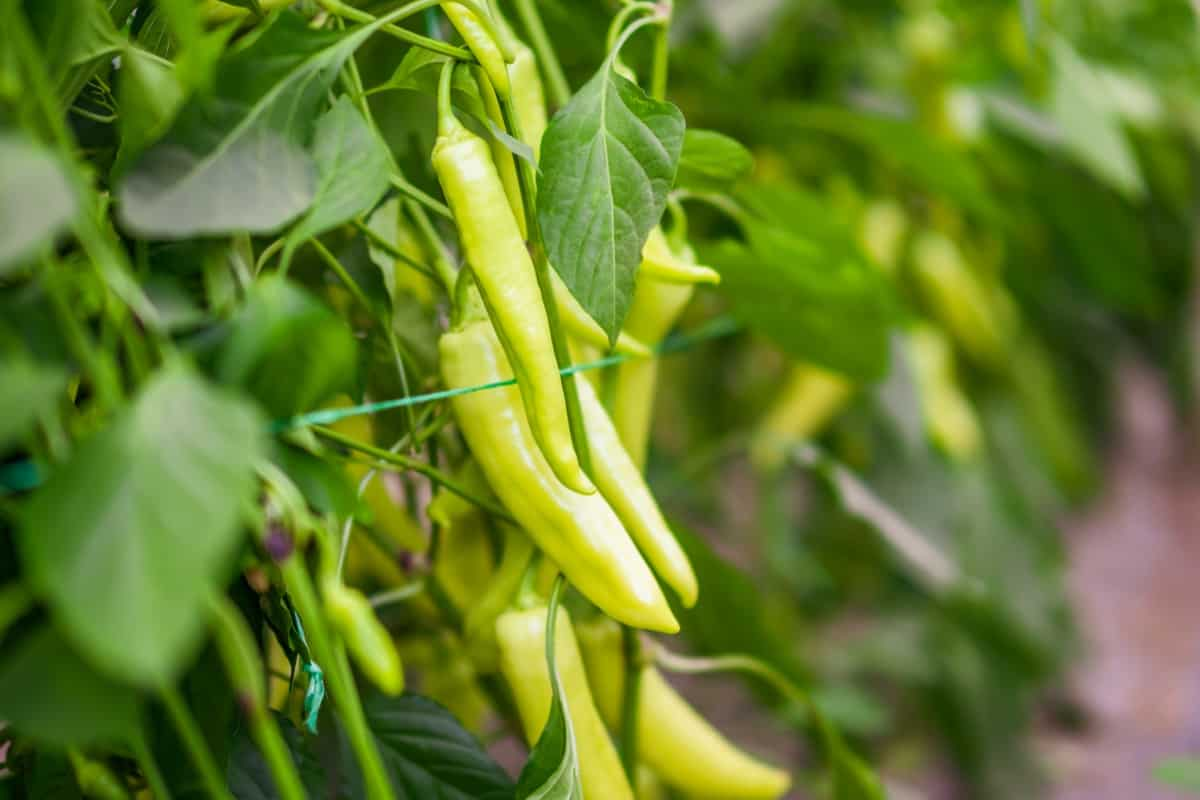
Benefits of Chemical Control Methods in Manage Cutworms in Chilli
- Targeted Action: EM 1 and Collagen specifically target cutworms and offer rapid control. EM 1’s translaminar action ensures coverage of worms even on the leaf undersides.
- Broad-Spectrum vs. Selective: While EM 1, Coragen, and Alika focus on cutworms, Alika tackles other sucking pests. This allows flexibility in pest management.
- Longevity: Coragen provides long-lasting protection, which can be advantageous in situations with prolonged cutworm pressure.
- Rain Resistance: EM 1’s rainfastness for up to 4 hours ensures its efficacy is not compromised by rainfall shortly after application.
- Biological Alternative: All Bata Royal Larvend offers an eco-friendly approach with parasitic microorganisms and nematodes, minimizing harm to beneficial insects and the environment.
Cultural Practices to Prevent Cut Worm Infestation in Chilli Crops
- Early Soil Ploughing: Preparing the soil 3-5 weeks before planting disrupts the cutworms’ habitat, forcing them out. This provides an opportunity for natural predators to target them.
- Weed Management: Regularly clearing weeds from the field reduces hiding spots for cutworms, making it harder for them to thrive.
- Sunflower Plant Companion: Planting sunflowers amidst chili crops attract cutworms, diverting their attention away from chili plants and facilitating their control.
- Tillage and Residue Removal: Tilling the soil and removing plant residue deprives cutworms of food sources for a few weeks, effectively starving them.
Crop Rotation Techniques to Minimize Cut Worm Damage in Chilli Fields
Crop rotation is a valuable technique to minimize cutworm damage in chili fields. Cutworms are deprived of their favored host plants by alternating chili crops with unrelated plants in subsequent seasons, disrupting their life cycle. This reduces the overall cutworm population and the likelihood of severe infestations, promoting healthier chili plants and higher yields.
Implementing Proper Irrigation and Drainage Systems to Deter Cutworms in Chilli
Proper irrigation and drainage systems are crucial in deterring cutworms in chili fields. Well-maintained irrigation ensures consistent soil moisture, making it less appealing for cutworms, which thrive in overly wet conditions. Adequate drainage prevents waterlogging, further discouraging their presence.
In case you missed it: Leaf Curl Virus in Chilli Crop: Symptoms, Causes, Control, and Treatment
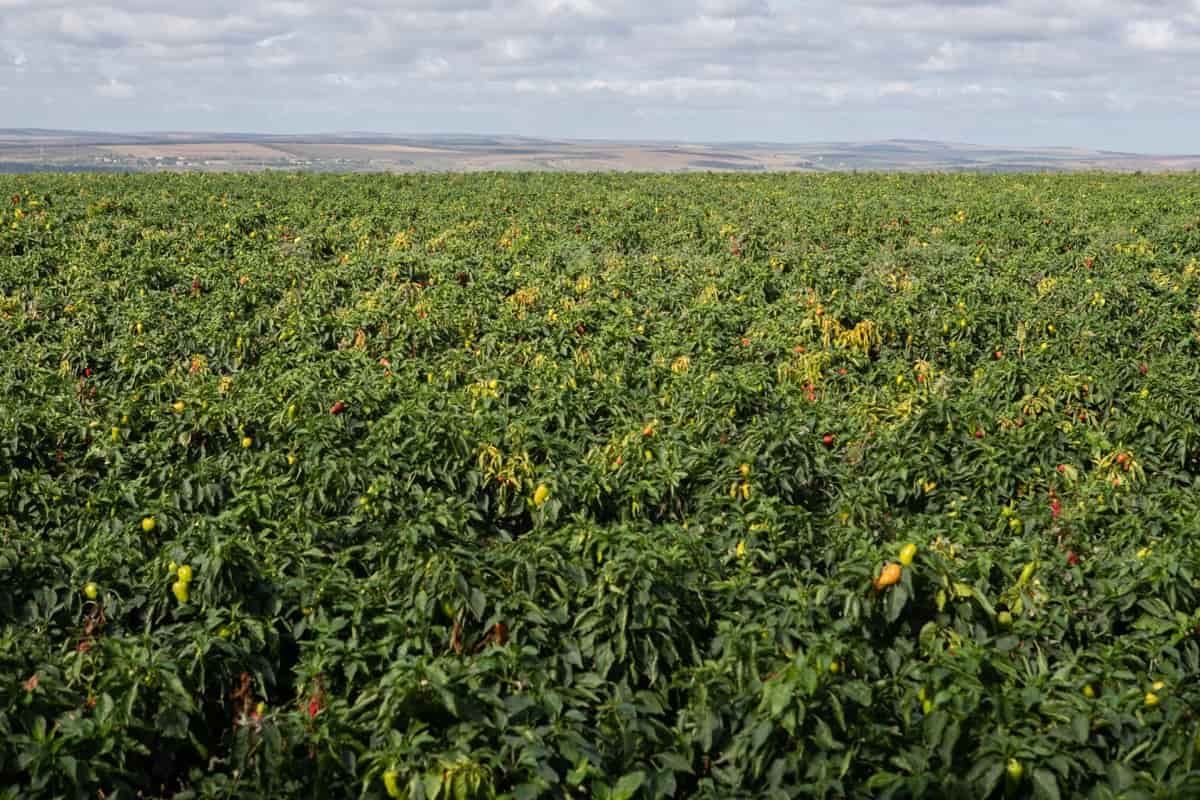
Using Physical Barriers and Traps for Cut Worm Control in Chilli Gardens
Creating physical barriers, such as collars made from cardboard or plastic, around the base of young chili plants prevents cutworm access. Additionally, placing traps, like cardboard squares or boards, near chili plants during the night attracts and captures cutworms. These measures physically hinder cutworm movement and reduce their population. The combination of barriers and traps provides a non-chemical, environmentally friendly approach to cutworm control, safeguarding chili plants.
Introducing Beneficial Insects as Natural Enemies of Cutworms in Chilli Farms
Predatory insects like ground beetles and parasitoid wasps are known to feed on cutworm larvae and eggs. These beneficial insects help regulate cutworm populations, preventing damage to chili crops. By enhancing biodiversity within chili farms and promoting a balanced ecosystem, these natural enemies become valuable allies in the sustainable management of cutworms.
Applying Biological Control Agents for Effective Cut Worm Management in Chilli
- Cultural Control: Because cutworms inflict the most damage during seedling, cultural control practices like early soil plowing and weed management are essential. These disrupt their habitat and limit their survival.
- Parasitoids: Beneficial parasitoids, including Macrocentrus collaris, Periscepsia carbonaria, and Cotesia ruficrus, are natural enemies of cutworms. Encouraging these parasitoids through habitat conservation can help in natural cutworm control.
- Poison Baits: Since cutworms hide in the soil during the day, poison baits can be strategically placed to target them. This method takes advantage of their nocturnal feeding behavior.
- Chemical Control: When necessary, chemical control can be effective if applied during the vulnerable stage when young caterpillars are still on the leaves.
- Entomopathogenic Nematodes: Steinernema carpocapsae and Heterorhabditis bacteriophora are entomopathogenic nematodes that can offer an eco-friendly approach to cutworm management. However, their success is contingent on soil moisture levels.
Timing and Frequency of Pesticide Applications for Cut Worm Control in Chilli Crops
To effectively manage cutworms in chili crops, it is essential to follow specific best practices. These include regular monitoring of the crop, setting action thresholds based on infestation level, early detection of cutworm caterpillars, applying pesticides in the late afternoon or evening, repeating applications in severe infestations, targeting the base of plants and surrounding soil, prioritizing biological control methods like beneficial parasitoids and entomopathogenic nematodes, rotating pesticides to prevent resistance, and being mindful of weather conditions.
Monitoring and setting action thresholds based on infestation level are crucial for successful pest management. Early detection is key, especially when young cutworm caterpillars are actively feeding on chili leaves. Applying pesticides in the late afternoon or evening aligns with their feeding behavior, increasing the chances of contact with the pesticide. Repeating pesticide applications is necessary for severe infestations, following label instructions.
Integrated Pest Management (IPM) Approaches for Sustainable Cut Worm Control in Chilli
Cutworm management in chili plants is crucial for sustainable agriculture due to their nocturnal feeding habits. These greasy, black larvae can cause irregular holes in leaves or severed stems, causing wilting. Preventive measures include plowing the soil 3-5 weeks before planting, regular weeding, interplanting with sunflowers, and thorough tilling and residue removal.
Chemical control options include EM 1 Insecticide, Coragen Insecticide, Alika Insecticide, and Bata Royal Larvend. These strategies effectively ensure sustainable cutworm control, safeguarding crop health and productivity. EM 1 Insecticide targets worms beneath leaves, Coragen Insecticide provides long-term protection, Alika Insecticide tackles sucking pests through contact and systemic methods, and Bata Royal Larvend is eco-friendly.
In case you missed it: Sucking Pests in Chilli Crop: Symptoms, Causes, Control, and Treatment
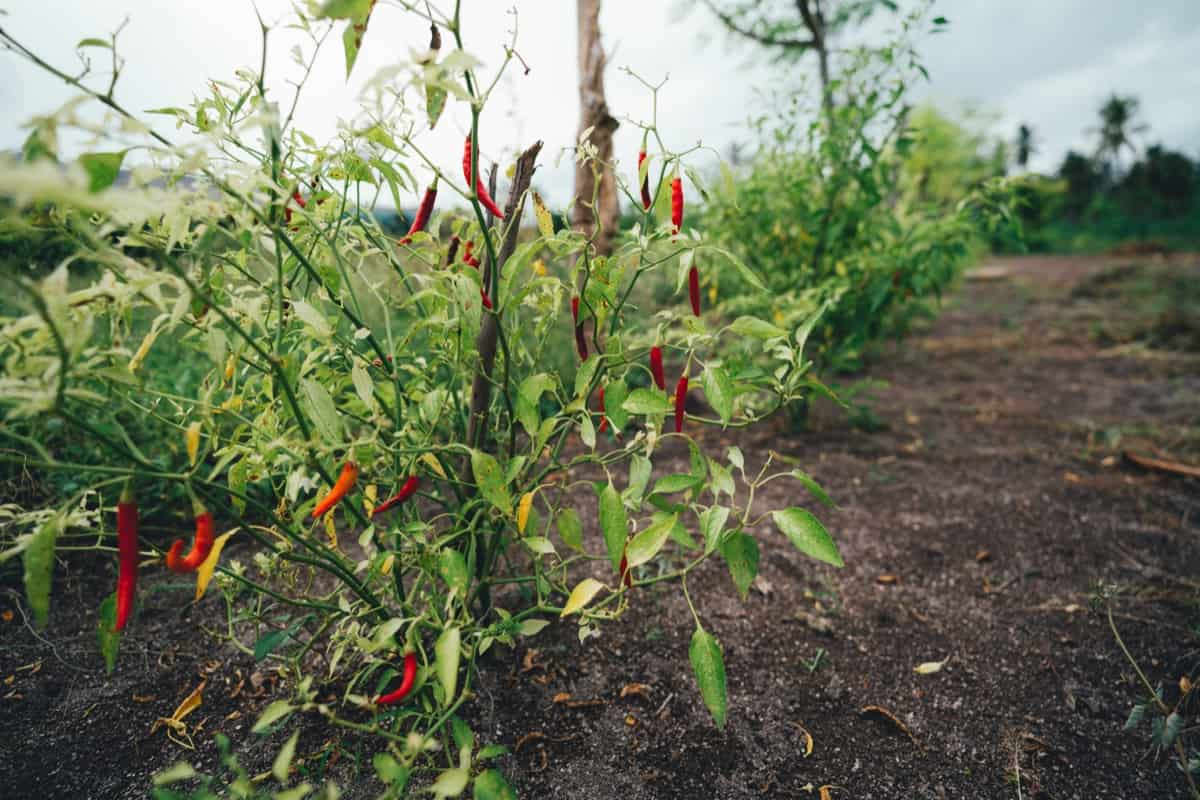
Impact of Cutwormson Chilli Production and Implementing Cost-Effective Solutions
These voracious pests damage chili plants by feeding on tender leaves and cutting stems at ground level. This leads to reduced plant vigor, stunted growth, and, in severe cases, complete plant loss. The resulting yield reduction directly affects farmers’ income and chili availability in the market, impacting consumers as well. To combat this, cost-effective solutions such as Integrated Pest Management (IPM) practices, including soil plowing, weed management, and appropriate insecticides like EM 1 and Coragen, are crucial.
Conclusion
Effective cutworm management in chili involves a multi-faceted approach encompassing organic, chemical, and cultural practices. This comprehensive strategy ensures the protection of chili crops, enhancing sustainability and yield.
- Types of Pesticides Used in Agriculture: A Beginner’s Guide
- Economical Aquaculture: A Guide to Low-Budget Fish Farming
- 15 Common Planting Errors That Can Doom Your Fruit Trees
- How to Make Houseplants Bushy: Effective Tips and Ideas
- Innovative Strategies for Boosting Coconut Pollination and Yield
- Pollination Strategies for Maximum Pumpkin Yield
- The Complete Guide to Chicken Fattening: Strategies for Maximum Growth
- Natural Solutions for Tulip Problems: 100% Effective Remedies for Leaf and Bulb-Related Issues
- Revolutionizing Citrus Preservation: Towards a Healthier, Greener Future
- Natural Solutions for Peony Leaf and Flower Problems: 100% Effective Remedies
- Maximizing Profits with Avocado Contract Farming in India: A Comprehensive Guide
- Natural Solutions for Hydrangea Problems: 100% Effective Remedies for Leaf and Flowers
- The Ultimate Guide to Choosing the Perfect Foliage Friend: Bringing Life Indoors
- From Sunlight to Sustainability: 15 Ways to Use Solar Technology in Agriculture
- The Ultimate Guide to Dong Tao Chicken: Exploring from History to Raising
- The Eco-Friendly Makeover: How to Convert Your Unused Swimming Pool into a Fish Pond
- Mastering the Art of Delaware Chicken Farming: Essentials for Healthy Backyard Flocks
- 20 Best Homemade Fertilizers for Money Plant: DIY Recipes and Application Methods
- How to Craft a Comprehensive Free-Range Chicken Farming Business Plan
- Brighten Your Flock: Raising Easter Egger Chickens for Beauty and Bounty
- How to Optimize Your Poultry Egg Farm Business Plan with These Strategies
- Subsidy for Spirulina Cultivation: How Indian Government Schemes Encouraging Spirulina Farmers
- Ultimate Guide to Raising Dominique Chickens: Breeding, Feeding, Egg-Production, and Care
- Mastering the Art of Raising Jersey Giant Chickens: Care, Feeding, and More
- Ultimate Guide to Raising Legbar Chickens: Breeding, Farming Practices, Diet, Egg-Production
- How to Raise Welsummer Chickens: A Comprehensive Guide for Beginners
- How to Protect Indoor Plants in Winter: A Comprehensive Guide
- Ultimate Guide to Grow Bag Gardening: Tips, Tricks, and Planting Ideas for Urban Gardeners
- Guide to Lotus Cultivation: How to Propagate, Plant, Grow, Care, Cost, and Profit
- Agriculture Drone Subsidy Scheme: Government Kisan Subsidy, License, and How to Apply Online
- Ultimate Guide to Raising Araucana Chickens: Breed Profile, Farming Economics, Diet, and Care
- Bringing Hydroponics to Classroom: Importance, Benefits of Learning for School Students
- Ultimate Guide to Raising Polish Chickens: Breed Profile, Farming Economics, Diet, and Care
- Ultimate Guide to Raising Australorp Chickens: Profile, Farming Economics, Egg Production, Diet, and Care
- Silkie Chicken Farming: Raising Practices, Varieties, Egg Production, Diet, and Care
- Sussex Chicken Farming: Raising Practices, Varieties, Egg Production, Diet and Care